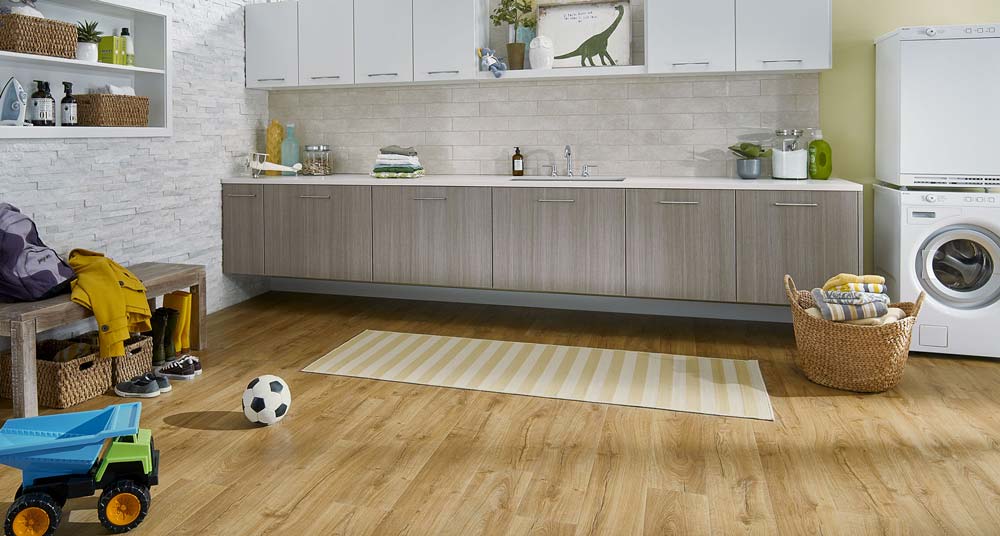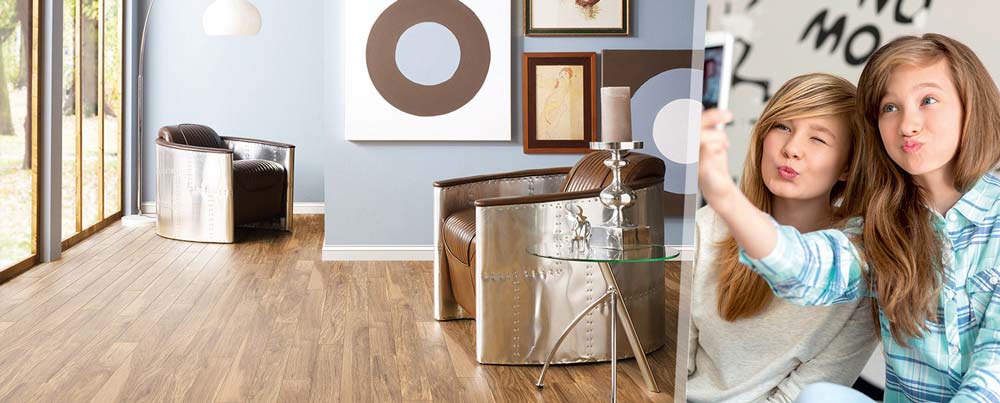Resilient products in the commercial space clocked in at$1.624 billion in 2017, a 28.5% increase from 2016, according to FCNews research. What’s more, the segment also saw a 17%increase in volume. Industry experts believe healthcare, education, Main Street and hospitality markets helped propel commercial growth. Experts also cite factors including the increased presence of WPC flooring and rigid core spc flooring products, and hard surface’s continued seizure of market share over soft surfaces.
“We’re seeing that kind of growth in every channel we service, whether that’s Main Street or traditional commercial,” Shaw’s Hash said. “I think that’s because the product offers just so many great attributes in every channel.”
me from commercial-grade LVT, which clocked in $796.5 million in 2017—a 22.8% growth over 2016’s $648.6 million. Within this sub-category, WPC flooring made up a good portion of dollar growth, swelling from $24 mil-lion in 2016 to a little under $72 million in 2017. Dryback saw a 5.1% growth in volume, while click has started to see a drop-off—likely due to WPC’s growth in volume from 11.5 million square feet in 2016 to 41.7 mil-lion square feet in 2017.

“The movement from soft surface to hard surface is continuing to work its way into all commercial segments and is one of the contributing factors to resilient growth overall,” Armstrong’s Block explained. “The products’ looks as well as the demand for durability and ease of maintenance continue to propel resilient flooring solutions to the forefront.”
Michael Raskin, founder and CEO, Raskin Industries, has seen growth in hospitality in particular. Reason being? “Hotels are doing away with carpet because of poor maintenance, staining and odors. The benefits of LVT flooring that apply to hospitality include durability, warm visuals and easy maintenance. In addition, we are offering acoustical backing to meet sound requirements.”
Al boulogne,vice president commercial resilient business, Mannington Commercial, sees traditional glue-down as the main driver of growth in specified contract applications. “While WPC flooring and SPC flooring have been huge drivers of growth on the residential side, it’s a little different on the commercial side,” he explained. “Even though WPC vinyl flooringand SPC core flooring are certainly driving growth in multifamily and hospitality, for the more traditional commercial segments I still think it’s traditional LVT flooring that is gaining momentum. There is so much about the category that pulls it through.”

roximately $224 million in 2017, a 4.9% uptick increase over 2016’s $213.5 million. This increase, according to resilient experts, is a result of multiple factors—not the least of which is product performance. “No doubt the increase in sheet is due to new products and advances in technologies,” said Jeff Collum, president and CEO, Shannon Specialty Floors. “We are also seeing an increase in sheet use in education, hospitality and government markets. Non-vinyl sheet is also capturing more and more commercial business.”